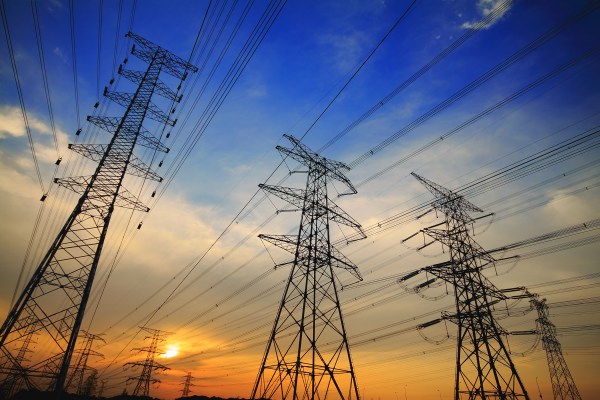Imagine running a large public company — S&P 500 large — and telling some of your most promising customers that you can’t sell them what they want unless they’re willing to wait three to five years at a minimum. In some cases, the wait might be as long as a decade.
More likely than not, those customers would find someone else to give their money to.
That is what’s happening today at large electric utilities across the U.S., according to a new report in The Wall Street Journal. Of all the companies that should be eager to embrace the electric transition, electric utilities would seem to be at the top of the list. Yet they also appear to be some of the most hesitant.
The problem is particularly pressing in California, where the next couple decades will see the state phase out fossil fuel vehicles. Most of the replacements will be electric, which means that utilities should see an easily anticipated surge in demand, something most businesses would welcome.
For now, utilities are probably happy to sell a few extra kilowatt-hours. There aren’t enough EV owners yet to require large amounts of new investment. And where available, most EV owners time their charging sessions to take advantage of low prices that some utilities offer. Plus, a slew of startups like WeaveGrid have cropped up to help utilities smooth some of the spikes that can occur when too many EVs get plugged in around the same time.
But as more vehicles get plugged in and zero-emissions deadlines grow nearer, it’s clear that many utilities aren’t prepared for what’s to come.
To be fair, utilities have evolved over the past century to deliver large but predictable amounts of power, matching supply with well-known ebbs and flows in demand. Everything from their power plants to their transmission wires and distribution equipment was built for and operates under the assumption that demand will come and go fairly gently, like the tides.
None of it was built for tsunamis, which might be a closer analogy to what electricity consumption by some sectors might look like in the coming decades — or sooner, as is the case with California.
Last-mile delivery trucks and heavy-duty drayage trucks that serve the state’s ports are proving to be an early test for utilities like PG&E and Southern California Edison. In April, the California Air Resources Board approved a regulation that will require them to be zero-emissions by 2035. Drayage operators won’t be able to buy anything else after this year. As fleet operators begin to plan for their future, they’ve started to buy electric trucks and install DC fast-charging posts on their lots.
And that’s where they’ve started to run into problems. PG&E told one fleet customer that it couldn’t charge its trucks in the summer, according to the WSJ report. Upgrades that would allow summer charging aren’t going to be online until 2026 at the earliest. Another fleet operator in Southern California that specializes in drayage services will need 120 electric heavy-duty trucks and charging infrastructure to support them. Its electric utility said upgrades would take five to 10 years.
As a result, both fleet operators are working with companies like FreeWire, which incorporate battery storage with charging equipment. The built-in batteries charge when power is cheap, eliminating the need for infrastructure upgrades. Operators are free to plug their trucks in when they need to, not when the utility allows it.
The setup helps smooth the demand curve, allowing the utilities to operate their businesses on more familiar territory. But in the process, they’re ceding the construction of portions of the grid’s infrastructure to more nimble competitors, what should be (and has historically been) a key part of their business. There are a number of reasons why California utilities in particular seem welcome to do so, from losses incurred from wildfire liability to the state’s regulatory framework. But given the pace at which utilities move, it’s unlikely that utilities in other states will be different.
That’s not to lay blame at utilities’ feet. They face a daunting task, having to both adapt to a changing landscape while not disrupting current customers. Still, that’s the business they’re in, like it or not, and it would probably be in their long-term interests to expand their core competencies.
But that doesn’t seem likely in the next few years. As a result, their lethargy is creating an opening for other companies to steal a piece of their market. If utilities aren’t careful, they may not get it back.
